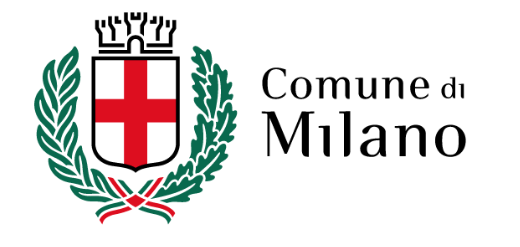- Milan Castle
- Museums Libraries Archives
- Museo Pietà Rondanini - Michelangelo
- Museo d'Arte Antica
- Sala delle Asse - Leonardo da Vinci
- Pinacoteca
- Museo dei Mobili e delle Sculture Lignee
- Museo delle Arti Decorative
- Museo degli Strumenti Musicali
- Museo Archeologico - Sezione Preistoria e Protostoria
- Museo Archeologico - Sezione Egizia
- Raccolta delle Stampe "Achille Bertarelli"
- Gabinetto dei Disegni
- Archivio Fotografico
- Archivio Storico Civico e Biblioteca Trivulziana
- Biblioteca d'Arte
- Biblioteca Archeologica e Numismatica
- Casva (Centro di Alti Studi sulle Arti Visive)
- Ente Raccolta Vinciana
- Gabinetto Numismatico e Medagliere
- Opere dei musei in movimento
- The Castle and Milan
- Media gallery
- Plan your own tour

Latest Findings
On the occasion of this exhibition, the book Sculture lignee a confronto dalle città ducali di Vigevano e Milano (Marsilio publisher), with the outcome of the most recent investigations on these sculptures, was published.
The two groups of sculptures from Vigevano were compared with the so-called Lamentation of Casoretto. Both imposing in size, they carry traces of old polychromy. Therefore, they can still elicit those emotional reactions for which Renaissance wooden sculpture from Lombardy is well renowned.
In the past years, the Lamentation of St. Dionysius in Vigevano has been compared to the work by the Master of Lamentations, an anonymous sculptor of Lombard artistic culture credited with three other statues in the collection of the Castello Sforzesco in Milan. This anonymous sculptor had somehow been left out of specialist investigations, squeezed between the more cumbersome personalities of the two main De Donatis’ and Del Mainos’ workshops operating in Lombardy in the same period. This anonymous Master has now regained a more significant role following the attribution to him of the three important statues now held in the Castello Sforzesco and coming from the lost Lamentation originally located in the church of Santa Maria Bianca della Misericordia in Casoretto (Milan).
Visitors of the exhibition will be able to enjoy and directly compare the two sculptural groups, whose previous attributions can be better confirmed.
The Altarpiece (Ancona) of St Joseph from the church of Our Lady of Seven Sorrows in Vigevano was until recently a little-known work. Its considerable size and the fact that it was placed in the church high up from the ground have hindered any better appreciation of its modelling quality and comprehensive assessment of its style and attribution.
Remarkable carving finesse and polychrome decoration with extensive use of the graffito technique on tempera and gold have been revealed by the very recent restoration. The Altarpiece is the result of the work of the greatest artists of that time: the De Donati brothers are credited with the two statues of Joseph and Mary, while Giovanni Angelo and Tiburzio del Maino and their collaborators are deemed to have authored the narrative scenes and the prophets, as well as the overall carpentry and architectural design.










